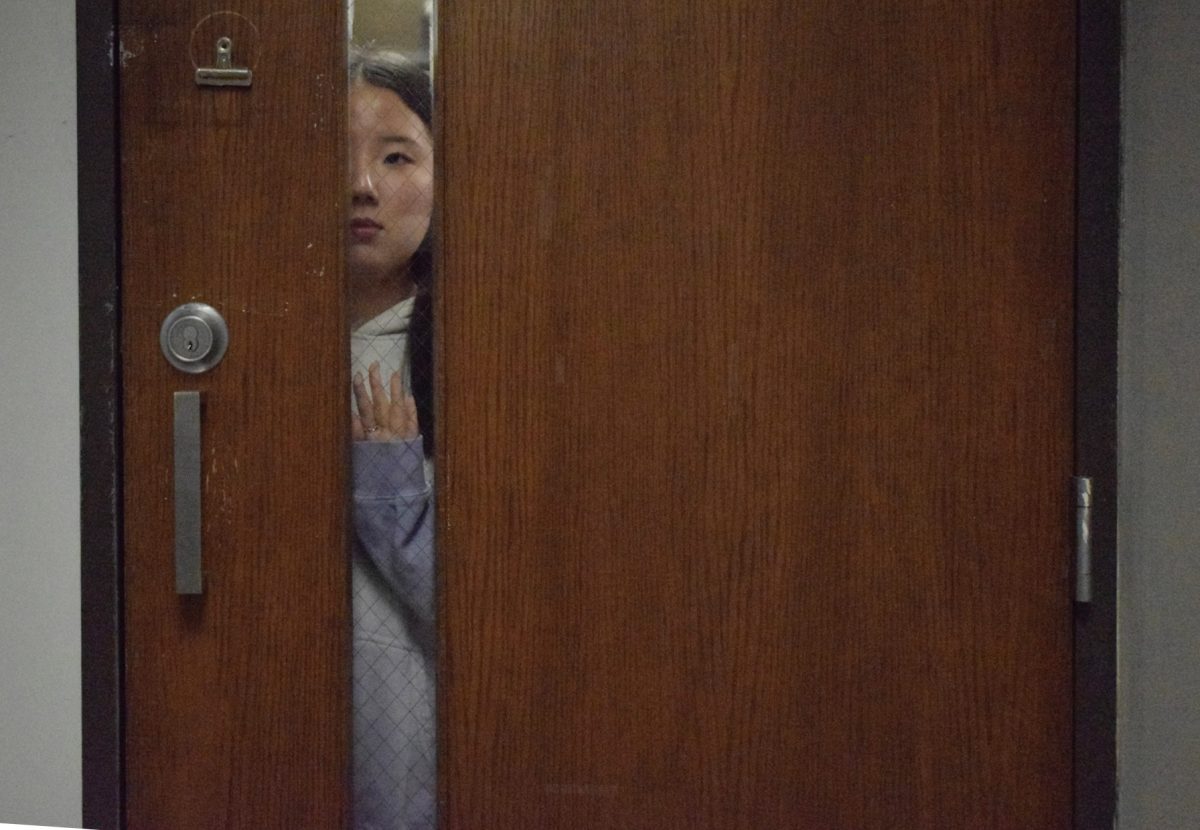Microsoft made headlines last week after releasing statistics showing a 40% productivity increase when implementing a four day work week. Companies are moving to four day weeks in an attempt to help employees perfect the balancing act of work and life. Schools should look to businesses and implement four day weeks to increase student productivity, resulting in happier, healthier students.ô
At Microsoft Japan, employees found that by knowing they had a greater reward for their work, like a long weekend, they were more motivated to work. Employees spent less time in the officeãlowering electricity costsãand more time actually working. Overall, results dictated that shortened work weeks boosted worker efficiency. Similar results may be replicated in education. Moving to a four day school week has proven to help with student anxiety while resulting in higher test scores and an overall better educational experience.ô
With student anxiety levels on the rise, and school as the most prominent cause, shortening the school week could improve studentsã mental health. Reducing the number of school days would reduce school-related stress. Students would have longer weekends, allowing for more time for relaxation and developing personal interests. Maintaining mental health for all people, and especially students, is paramount because it promotes the holistic development of an individual, which is paramount when considering that students are at such a formative time in their lives.ô
With less time to do the same amount of work, itãs easy to believe that students would be more stressed and accomplish less. Yet, by knowing that a greater reward lies at the end, productivity increased. Students spend the larger part of the school day on meaningless, ancillary tasks. That time is cut down allowing for more productivity and a larger focus on important tasks. This is creating educational benefits, demonstrated by a correlation between shorter weeks and higher test scores. One way this is done is by taking the budgetary savings from the shortened week and directing them to educational budgets for supplies, lesson plans and more. Districts are expected to save over $1 million by making this switch, a sum of money that could pay for arts programs, teachers’ salaries or other traditionally underfunded endeavors.ô
A shortened workweek is attractive to educators too; it acts as a recruitment tool. School districts have seen an increase in qualified applicants for teaching positions and for positions as special educators. One Colorado school district even saw teacher turnover rate drop to nearly half of what it had been. Educators are cognizant benefits four day weeks provide. They allow for more time for professional development, planning and ensure happier, higher-quality teachers. Some districts even designate the day students donãt attend school (most often Friday) as a teacher workday, dedicated to collaboration, planning and grading. A low turnover rate creates educational continuity, allowing educators to form bonds with students, communities and educators.
Education needs to take a risk. Moving to a four day week, while seemingly impossible, can happen. Improving students’ mental health and developing the student beyond the classroom should be a priority for educators, and this is one way they can do it. Parkway and school districts across the world should take actions that spark progress and change. Risk is, well, risky, but itãs something that may be well worth the reward.



![Sitting courtside before a junior varsity girlsã tennis match, senior Tanisi Saha rushes to finish her homework. Saha has found herself doing academic work during her athletic activities since her freshman year. ãBeing in sports has taught me how to stay organized and on top of my schoolwork. [With] a busy practice and game schedule, Iãve learned to manage my homework and study time better,ã Saha said.](https://pwestpathfinder.com/wp-content/uploads/2025/11/DSC_0022-1200x800.jpg)
![Sophomore Maryem Hidic signs up for an academic lab through Infinite Campus, a grading and scheduling software. Some students enjoyed selecting their responsive schedule in a method that was used school-wide last year. ãI think it's more inconvenient now, because I can't change [my classes] the day of, if I have a big test coming and I forget about it, I can't change [my class],ã sophomore Alisha Singh said.](https://pwestpathfinder.com/wp-content/uploads/2025/10/DSC_0012-1200x801.jpg)
![Senior Dhiya Prasanna examines a bottle of Tylenol. Prasanna has observed data in science labs and in real life. ã[I] advise the public not to just look or search for information that supports your argument, but search for information that doesn't support it,ã Prasanna said.](https://pwestpathfinder.com/wp-content/uploads/2025/10/DSC_0073-2-1200x800.jpg)
![Junior Fiona Dye lifts weights in Strength and Conditioning. Now that the Trump administration has instituted policies such as AI deregulation, tariffs and university funding freezes, women may have to work twice as hard to get half as far. "[Trump] wants America to be more divided; he wants to inspire hatred in people,ã feminist club member and junior Clara Lazarini said.](https://pwestpathfinder.com/wp-content/uploads/2025/05/Flag.png)
![As the Trump administration cracks down on immigration, it scapegoats many immigrants for the United Statesã plights, precipitating a possible genocide. Sophomore Annabella Whiteley moved from the United Kingdom when she was eight. ãItãs pretty scary because Iãm on a visa. When my visa expires next year, Iãm not sure whatãs going to happen, especially with [immigration] policies up in the air, so it is a concern for my family,ã Whiteley said.](https://pwestpathfinder.com/wp-content/uploads/2025/05/DSC_0077-7copy.jpg)
![Shifting global trade, President Donald Trumpãs tariffs are raising concerns about economic stability for the U.S. and other countries alike. ã[The tariffs are] going to pose a distinct challenge to the U.S. economy and a challenge to the global economy on the whole because it's going to greatly upset who trades with who and where resources and products are going to come from,ã social studies teacher Melvin Trotier said.](https://pwestpathfinder.com/wp-content/uploads/2025/05/MDB_3456-1200x800.jpg)



![Some of the most deadly instances of gun violence have occurred in schools, communities and other ãsafe spacesã for students. These uncontrolled settings give way to the need for gun regulation, including background and mental health checks. ãGun control comes about with more laws, but there are a lot of guns out there that people could obtain illegally. What is a solution that would get the illegal guns off the street? We have yet to find [one],ã social studies teacher Nancy Sachtlaben said.](https://pwestpathfinder.com/wp-content/uploads/2025/01/DSC_5122-1200x800.jpg)
